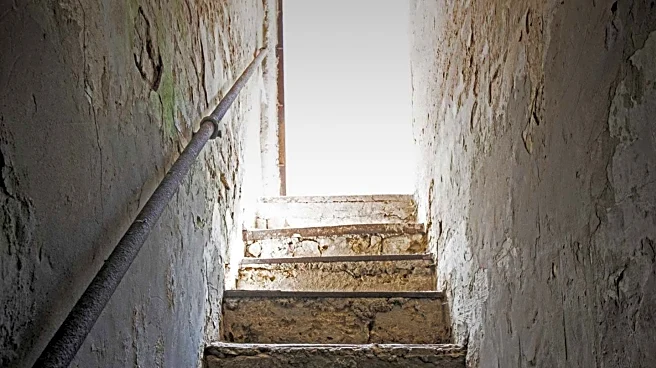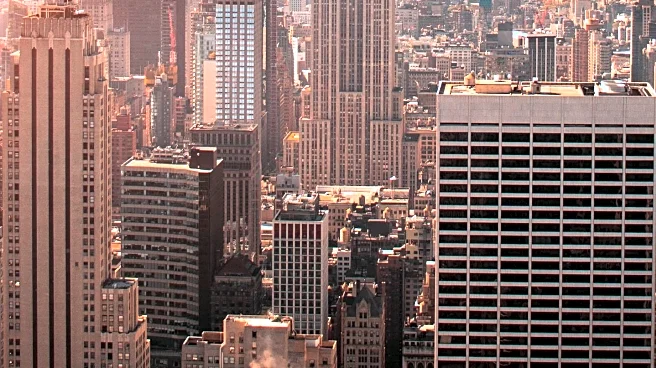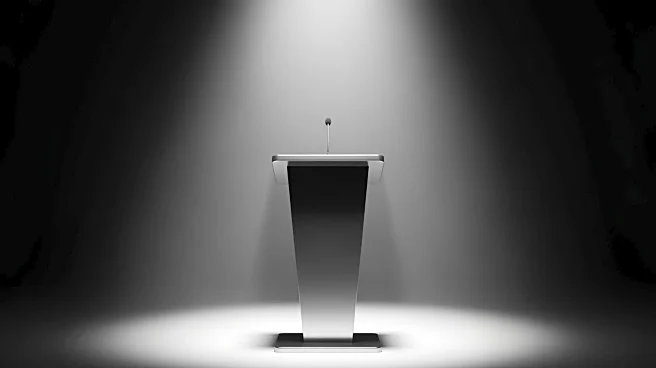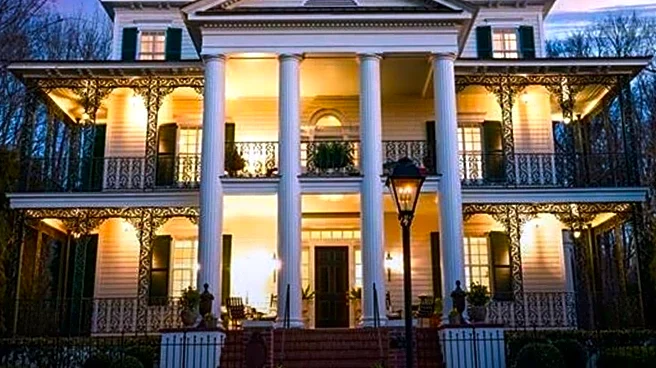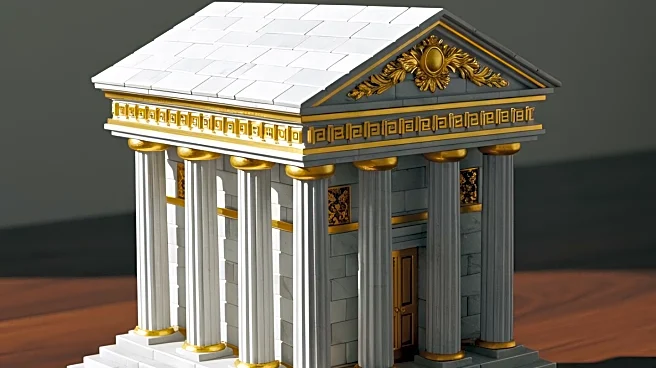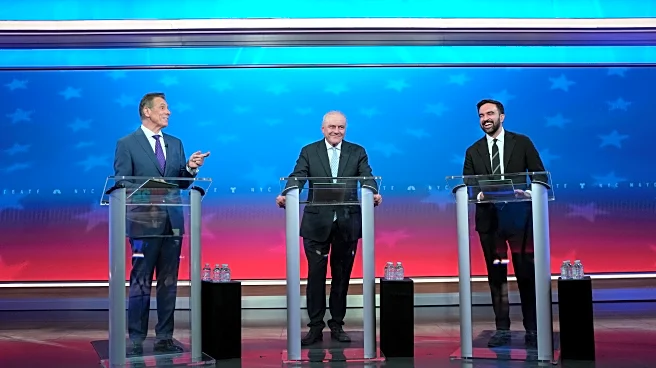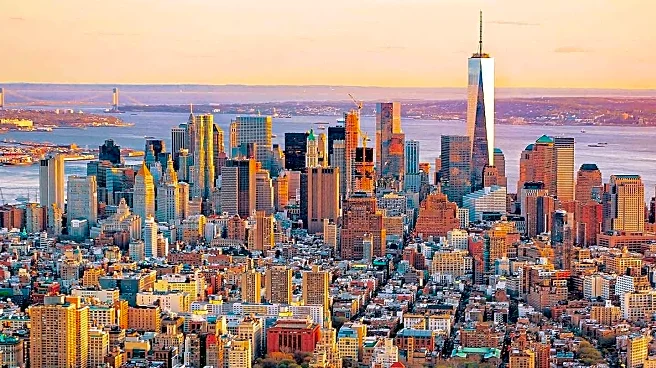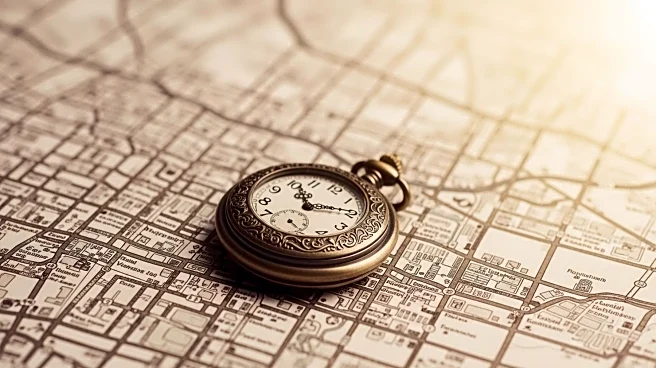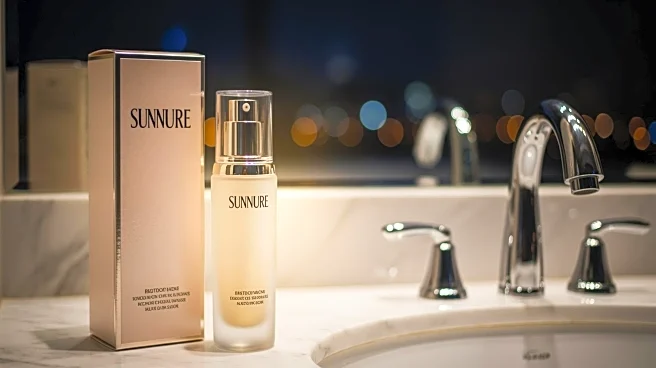What's Happening?
The Morris-Jumel Mansion, located in New York City's Washington Heights, is offering ghost tours that explore its historical and paranormal significance. Built in 1765, the mansion served as George Washington's military headquarters during the Battle
of Harlem Heights. It later became the residence of Eliza Jumel, one of America's wealthiest women, who is said to haunt the mansion along with other historical figures. The museum conducts paranormal investigation tours using equipment like REM pods and EMF meters to detect potential ghostly activity. Despite skepticism, these tours aim to educate visitors about the mansion's rich history and its reputed hauntings.
Why It's Important?
The tours at Morris-Jumel Mansion highlight the intersection of history and paranormal intrigue, attracting diverse audiences to a lesser-known historical site. By embracing its haunted reputation, the museum increases visitor engagement and awareness of the mansion's historical significance. This approach not only preserves the legacy of figures like Eliza Jumel but also supports cultural tourism in New York City. The tours offer a unique educational experience, blending historical narratives with paranormal exploration, which can broaden public interest in historical preservation and storytelling.
What's Next?
The Morris-Jumel Mansion plans to continue offering these tours, especially around Halloween, to maintain visitor interest and support its educational mission. As the museum embraces its haunted reputation, it may expand its programming to include more interactive and immersive experiences. This could involve collaborations with historians and paranormal experts to deepen the narrative and attract a wider audience. The ongoing tours will likely continue to spark discussions about the mansion's historical and cultural impact, potentially leading to increased funding and preservation efforts.
Beyond the Headlines
The integration of paranormal tours at Morris-Jumel Mansion raises questions about the ethical presentation of history and the commercialization of cultural heritage. While the tours attract visitors, they also challenge the museum to balance entertainment with accurate historical representation. This approach may influence other historical sites to adopt similar strategies, potentially reshaping how history is marketed and consumed. Additionally, the tours highlight societal fascination with the supernatural, reflecting broader cultural trends in how people engage with history and mystery.
